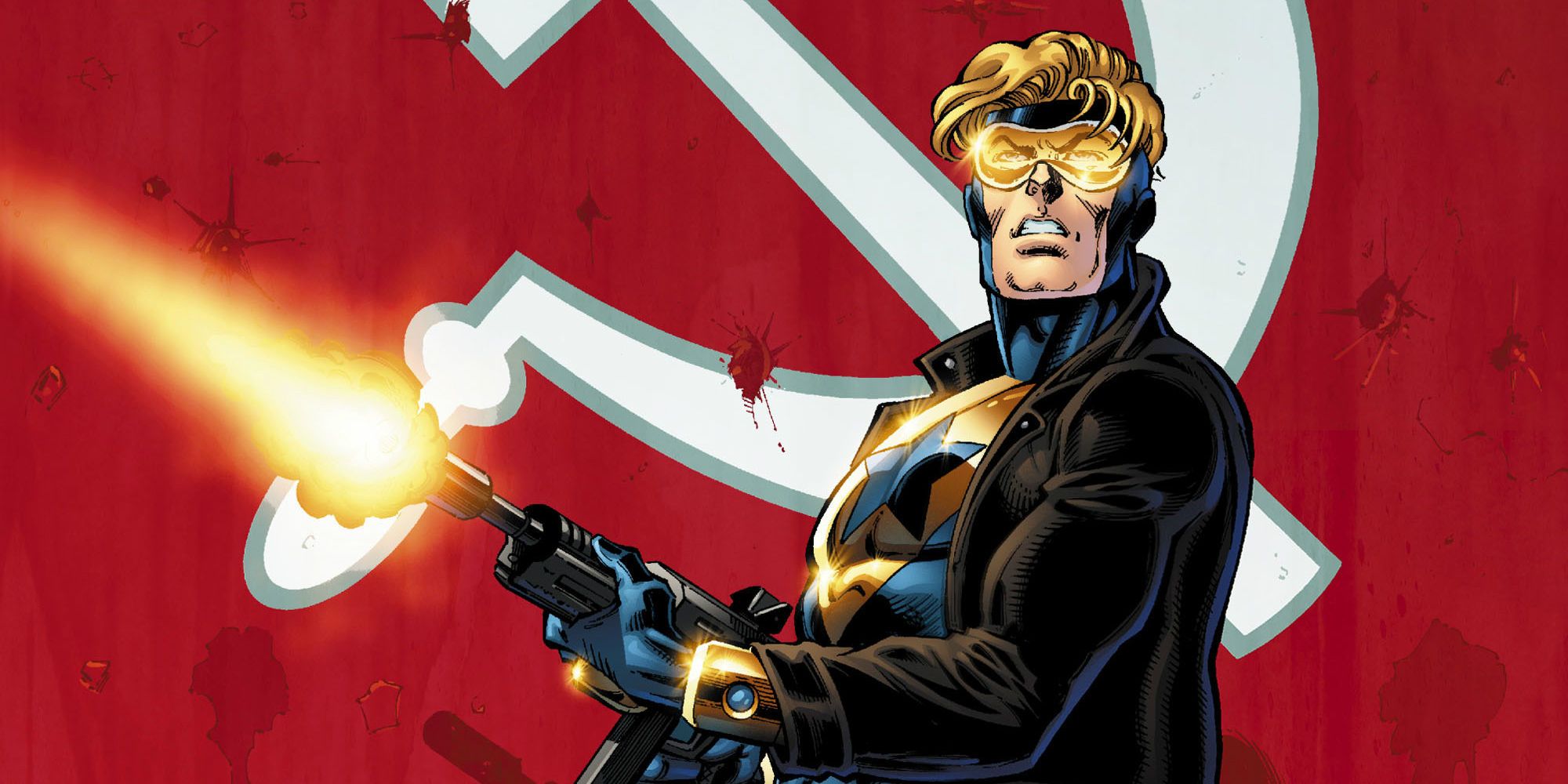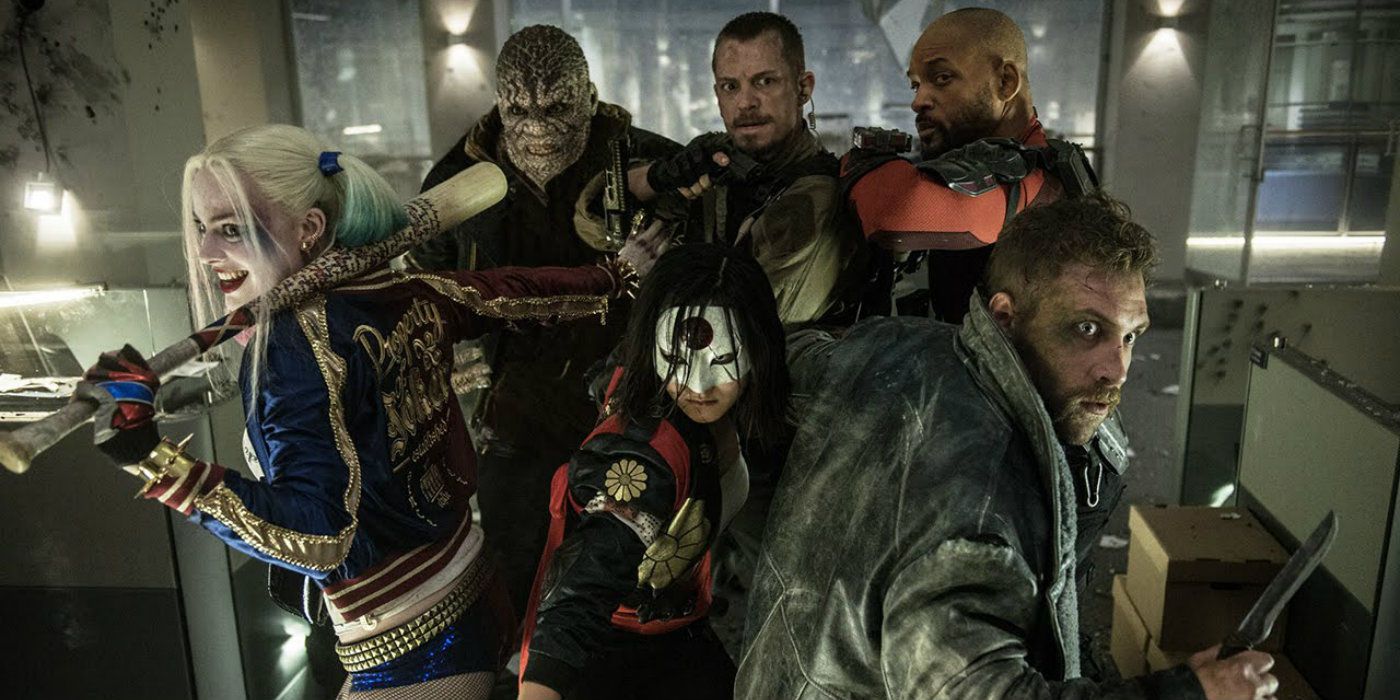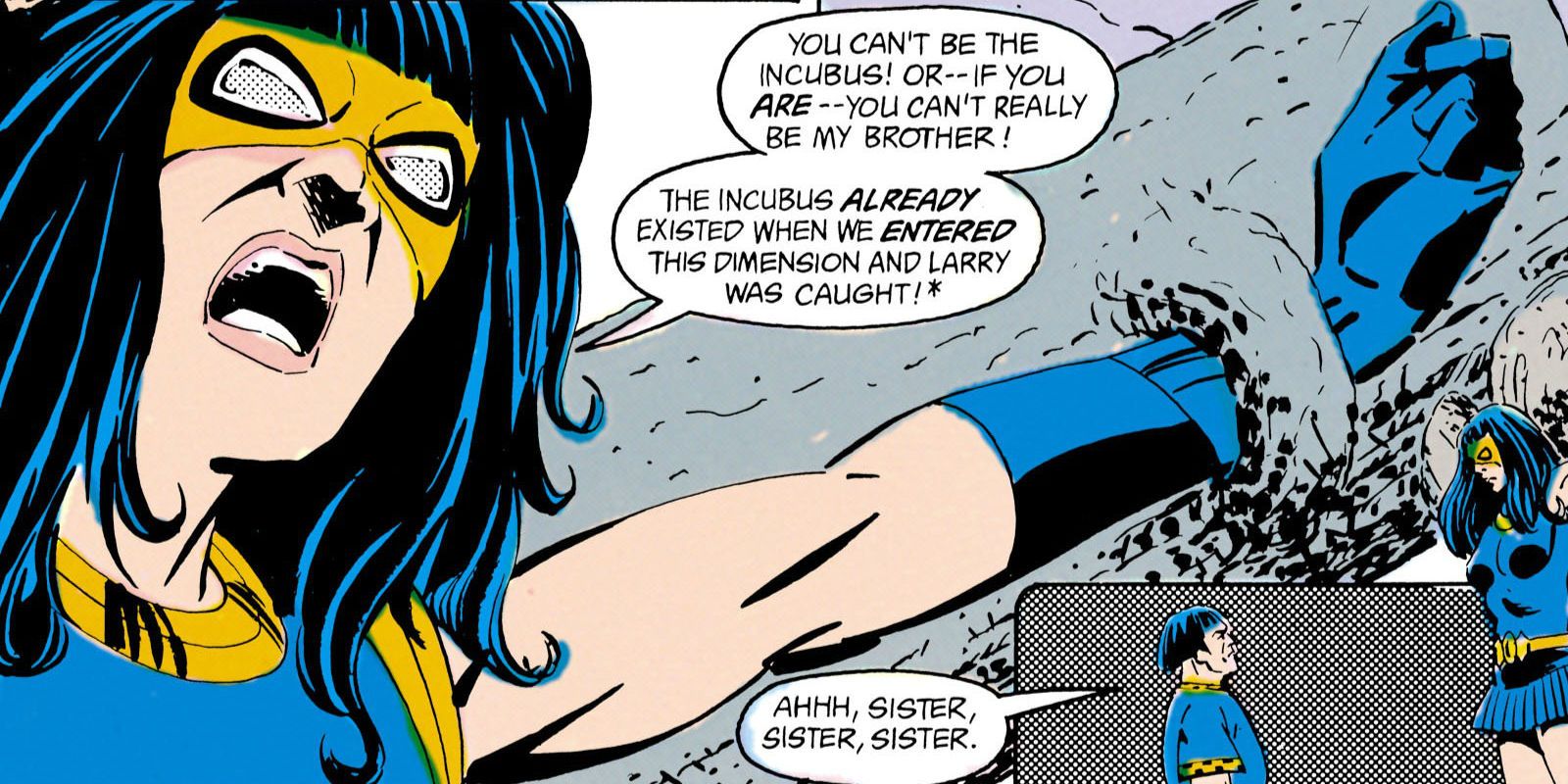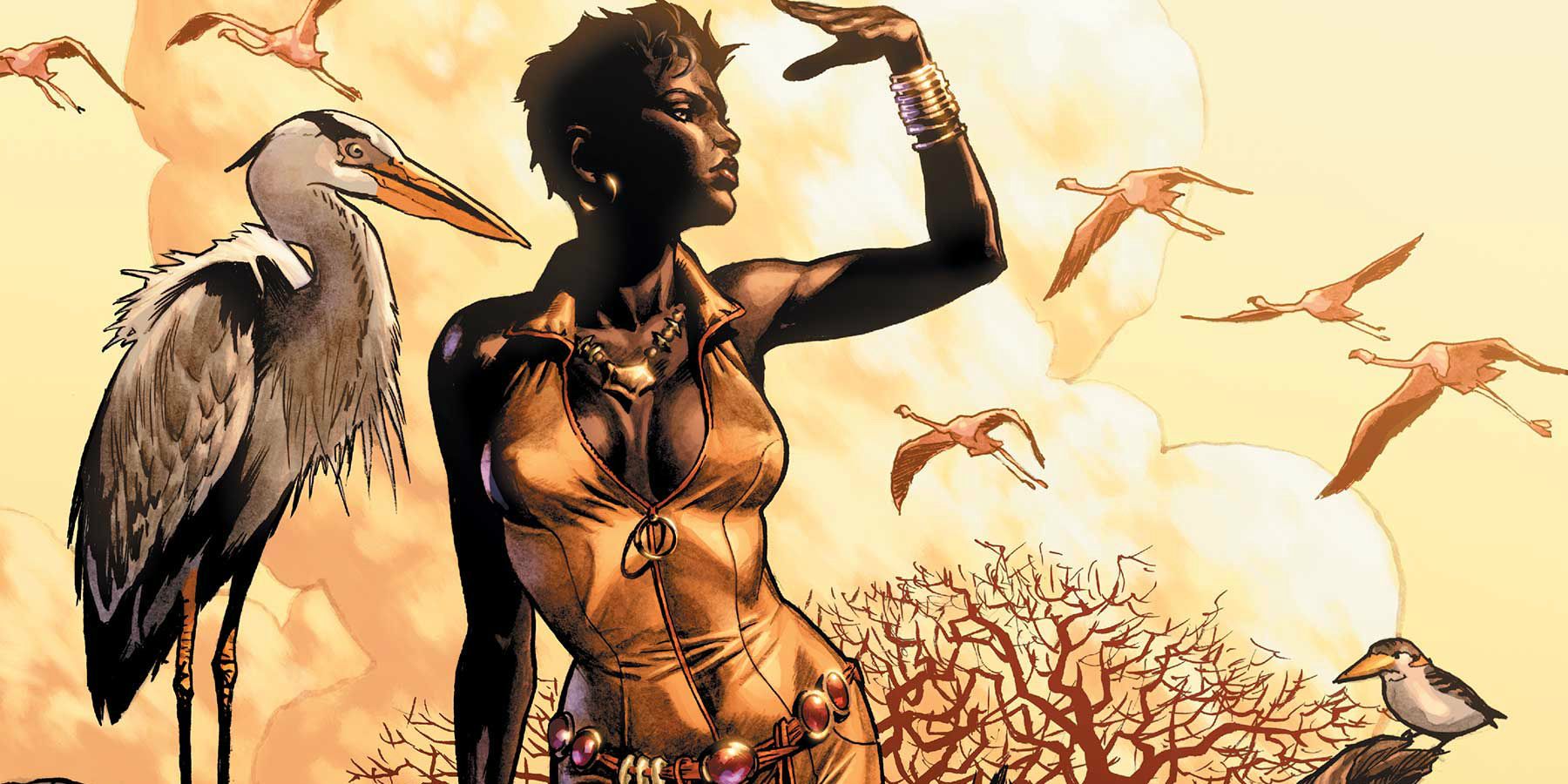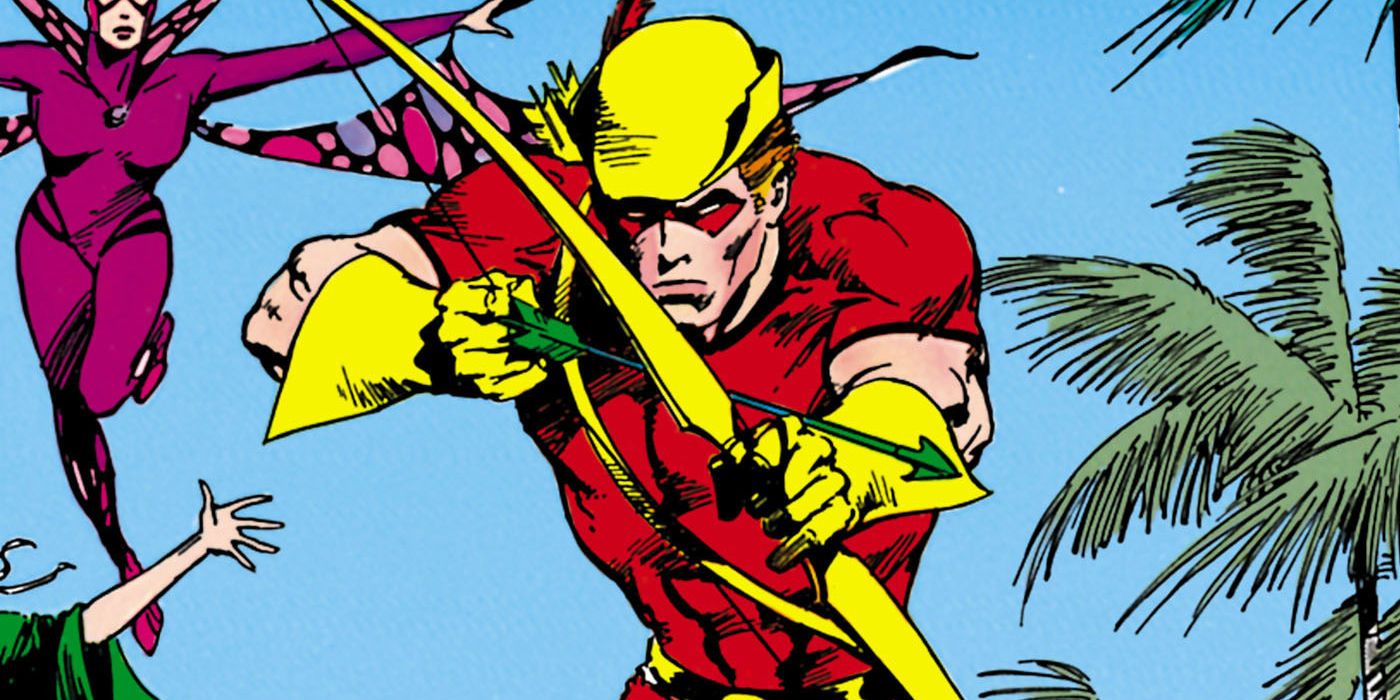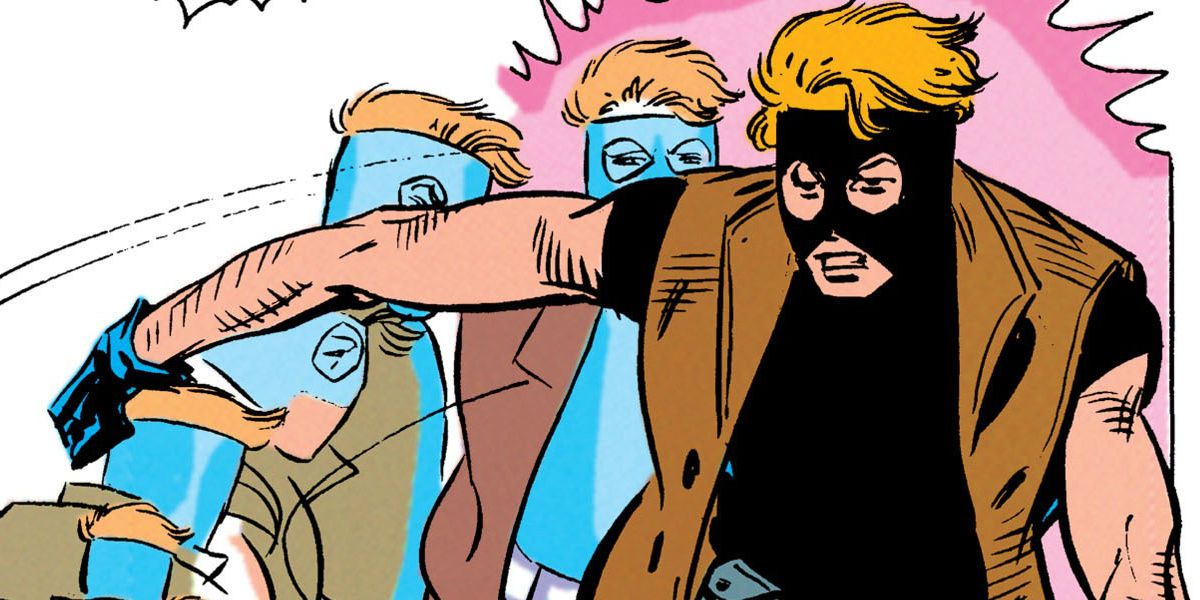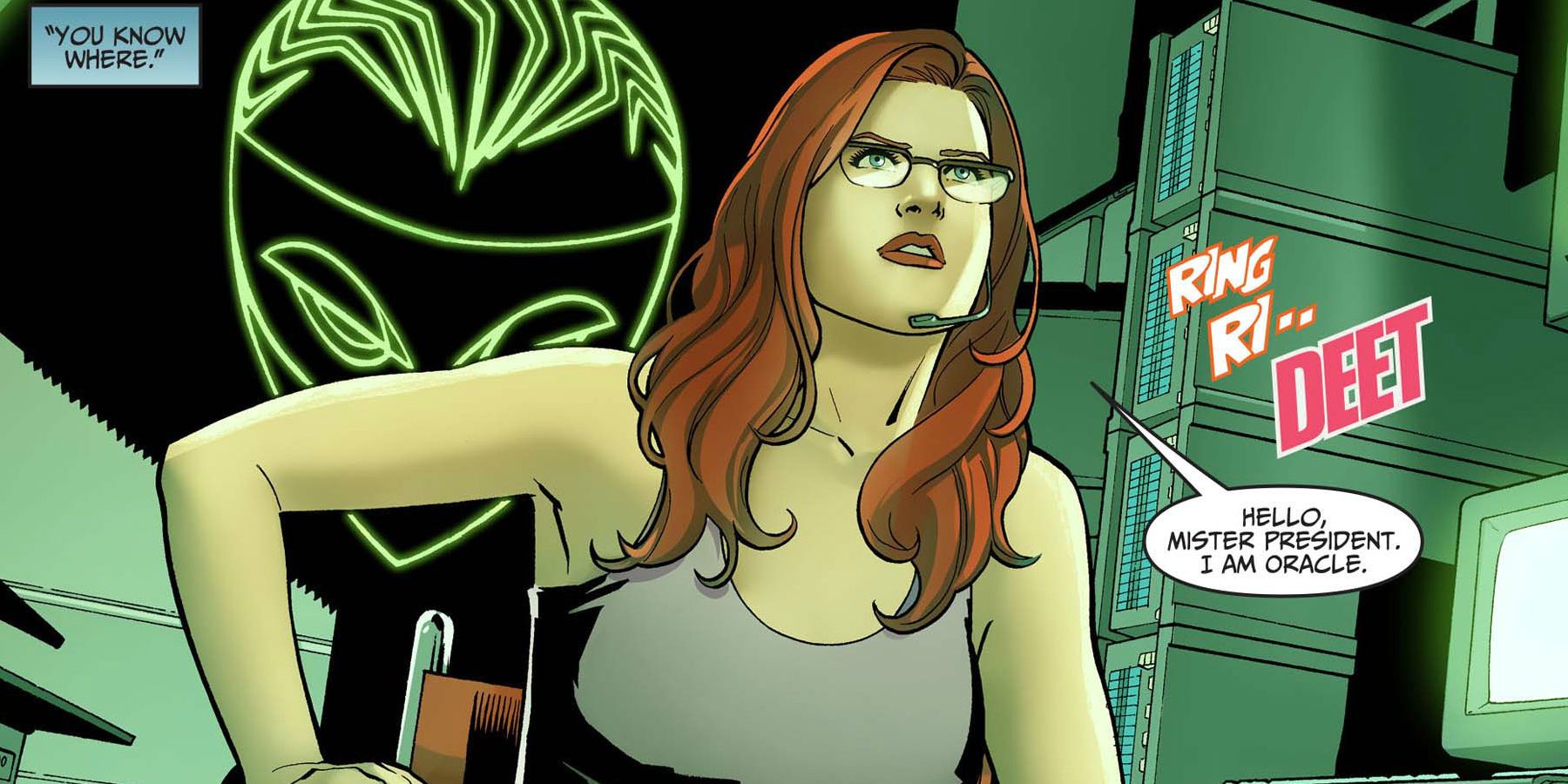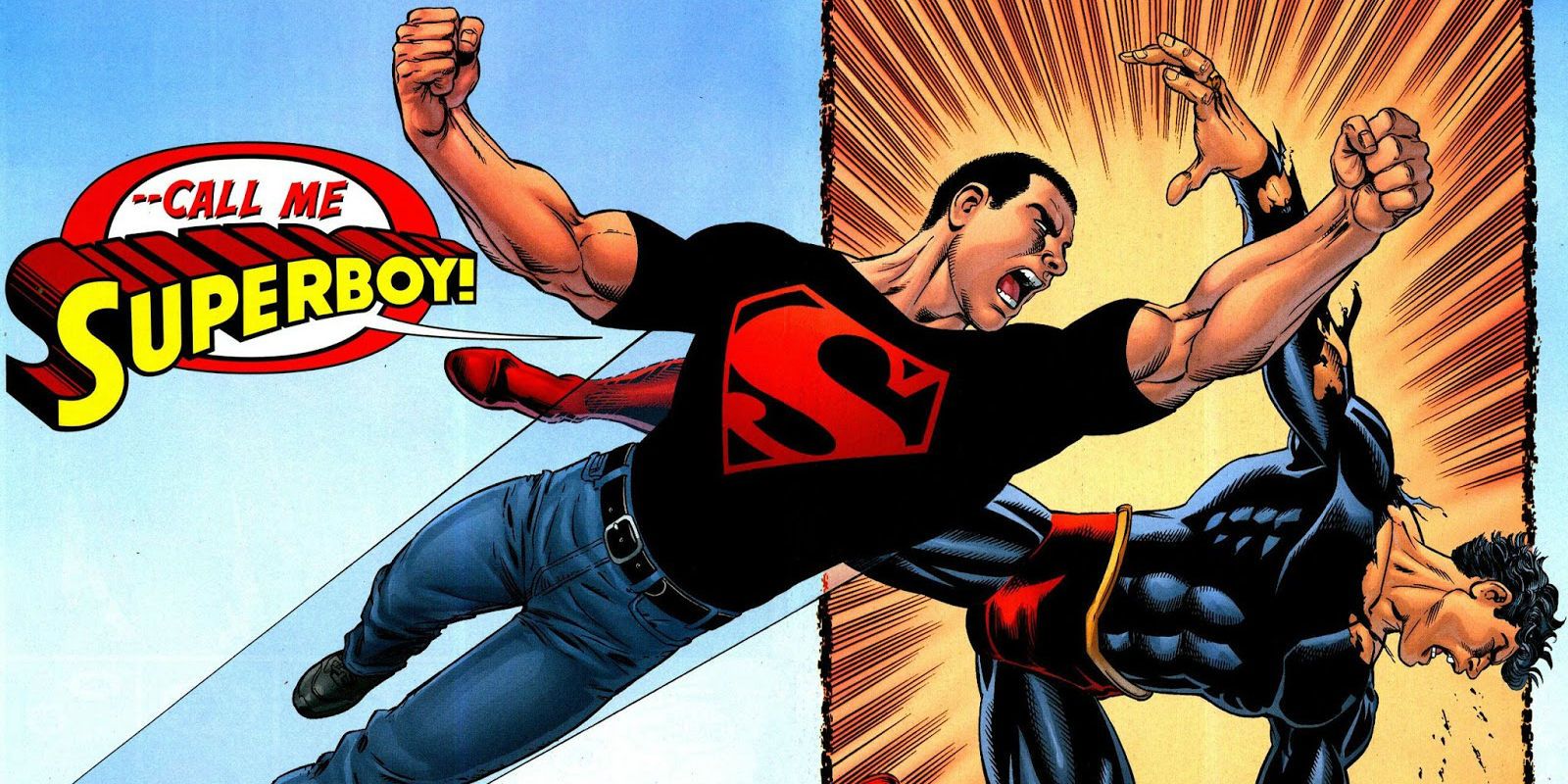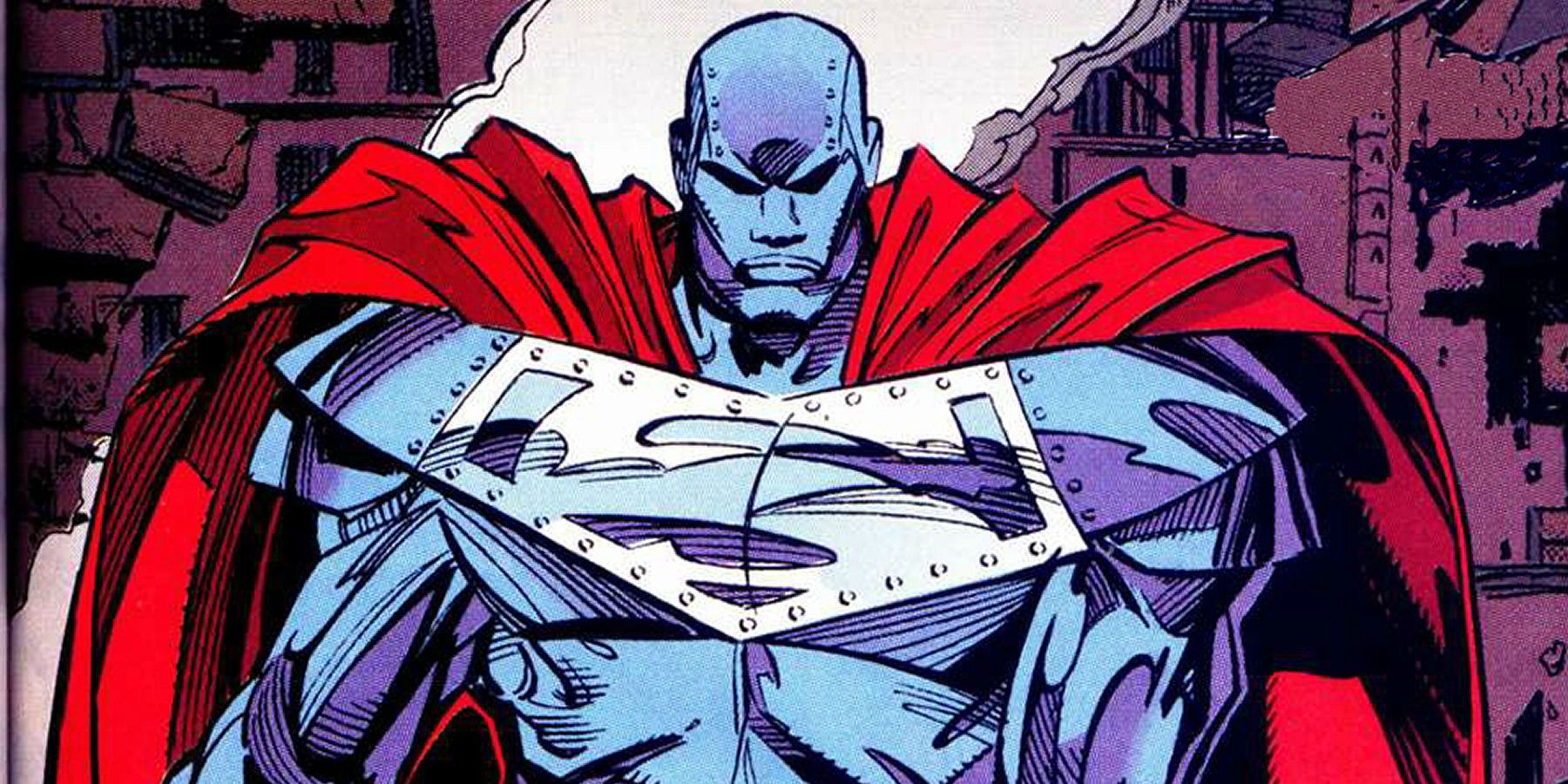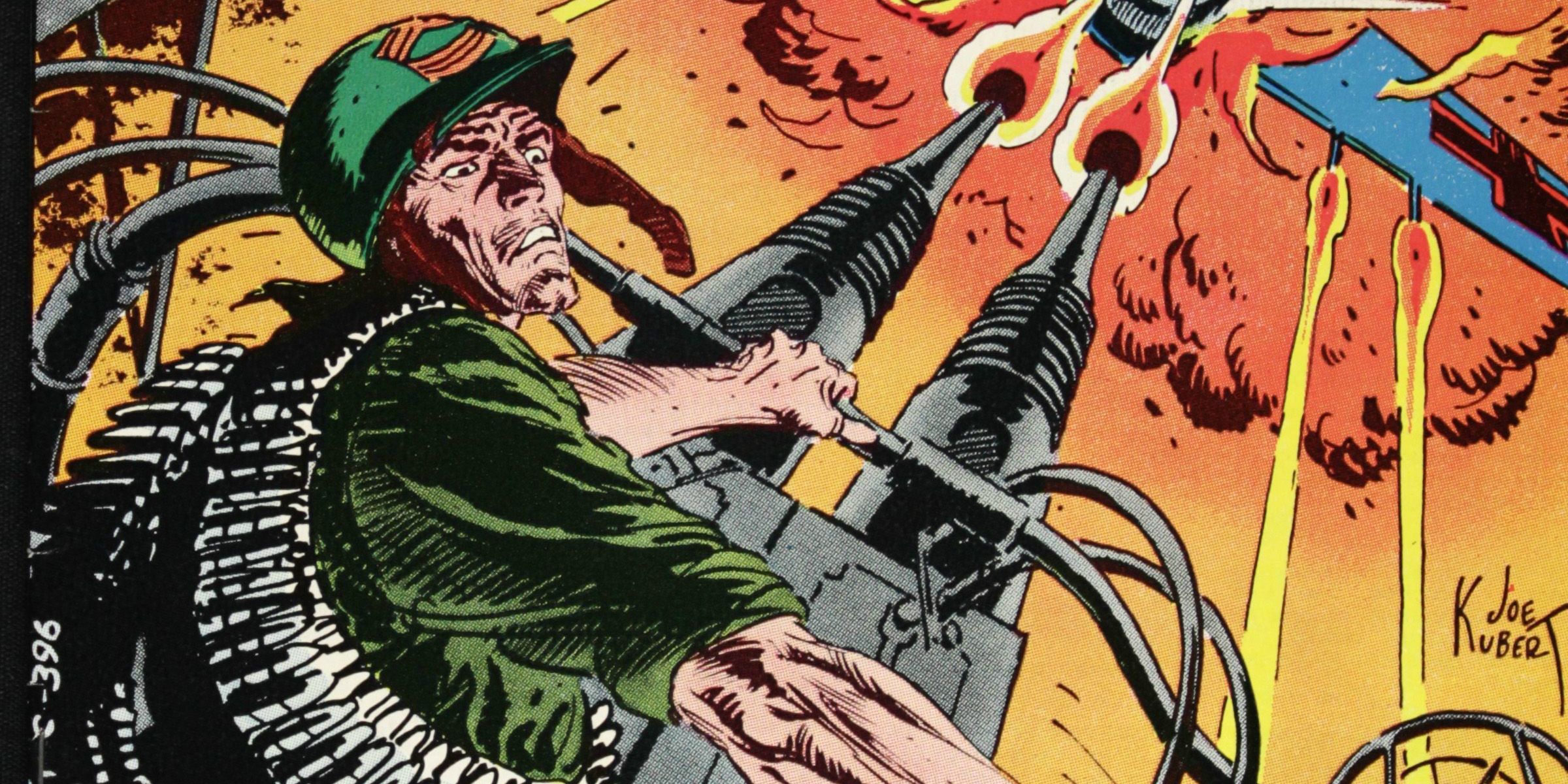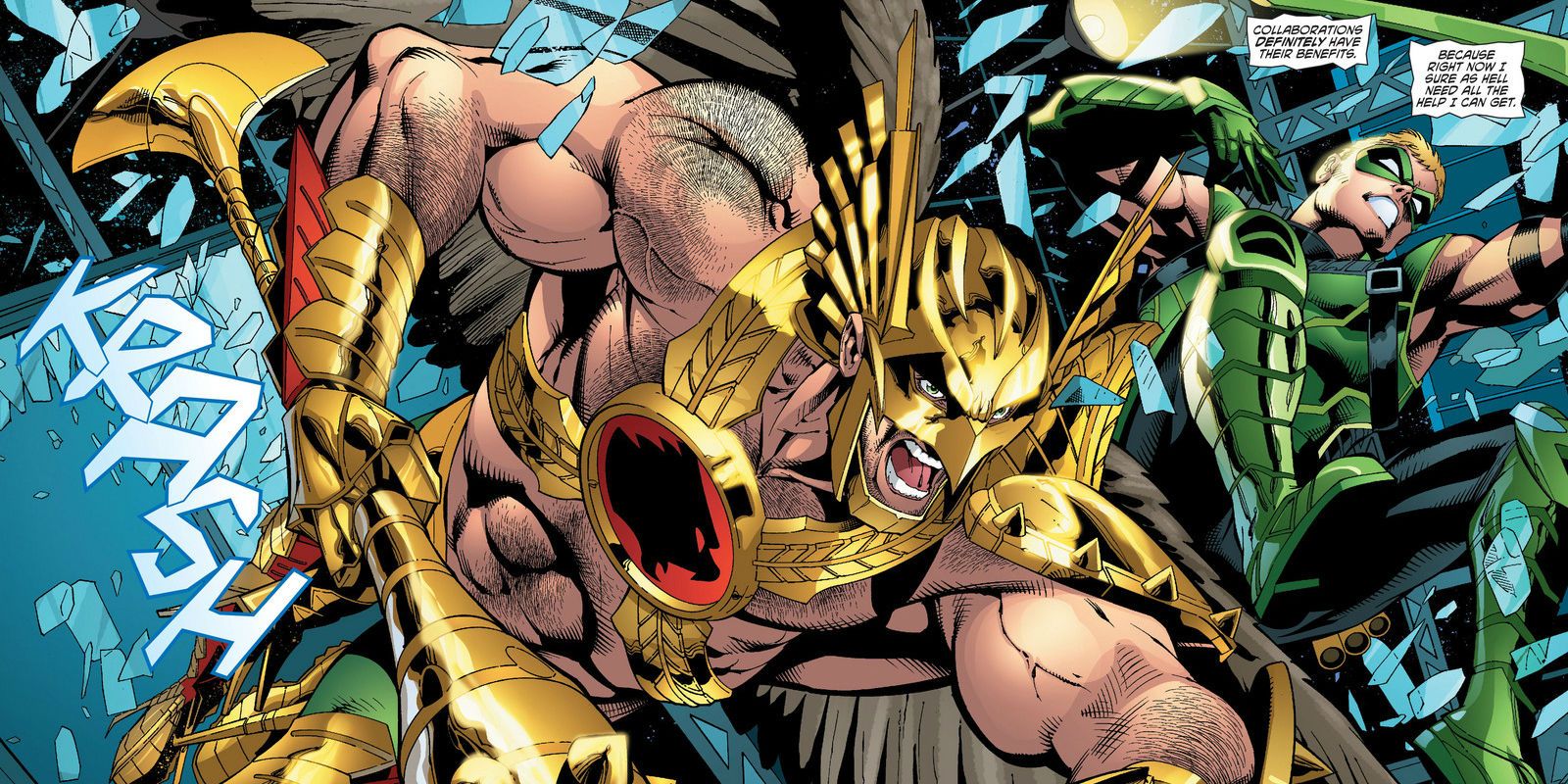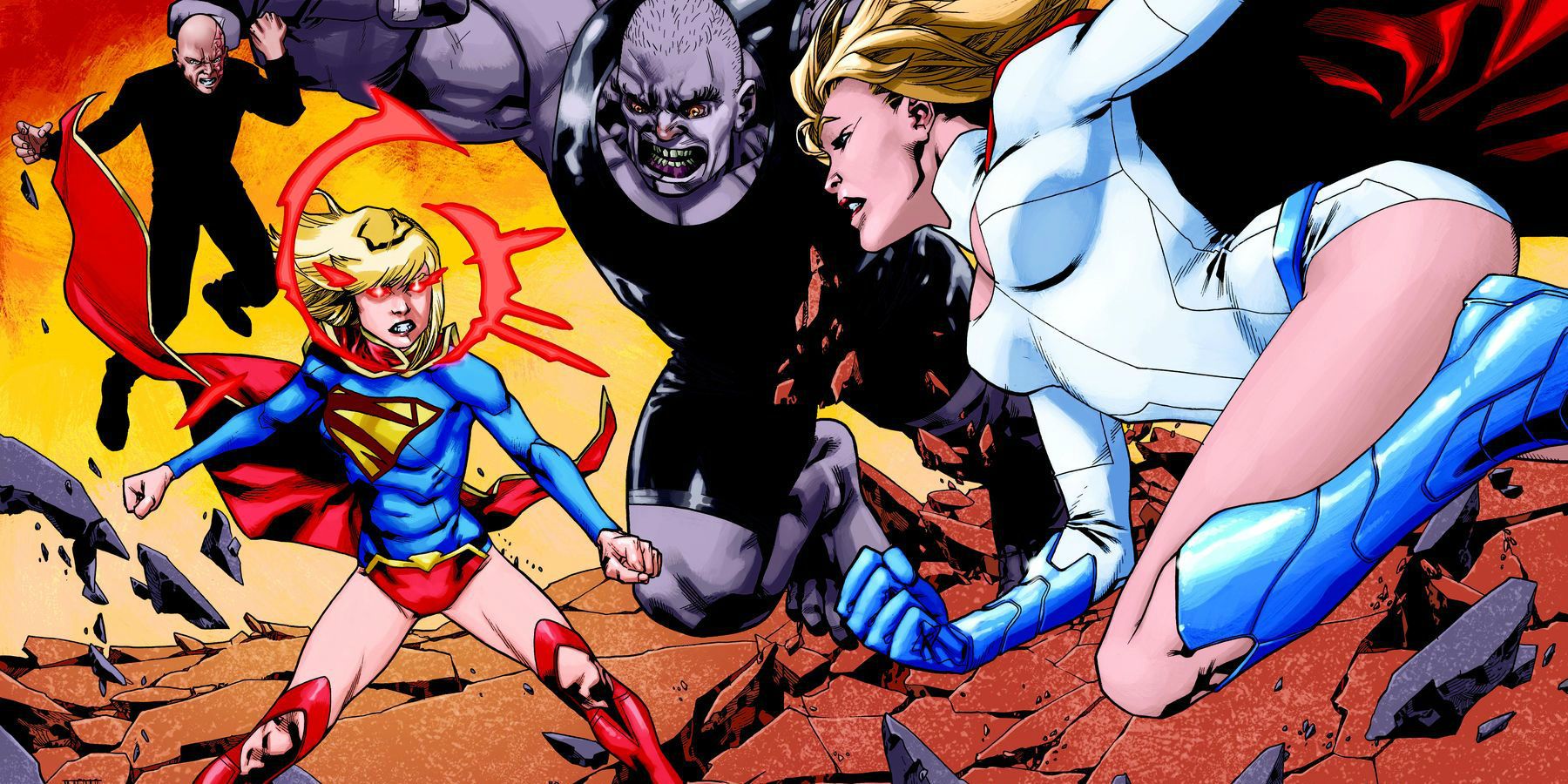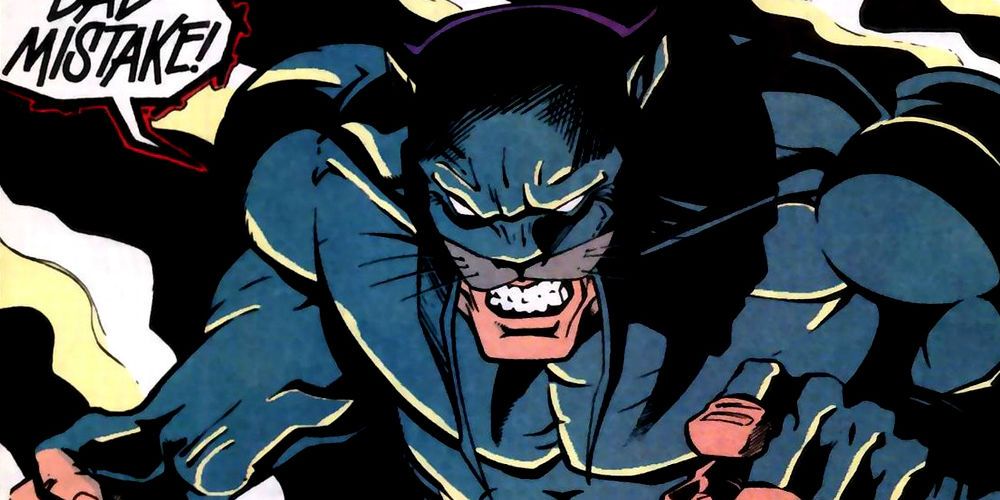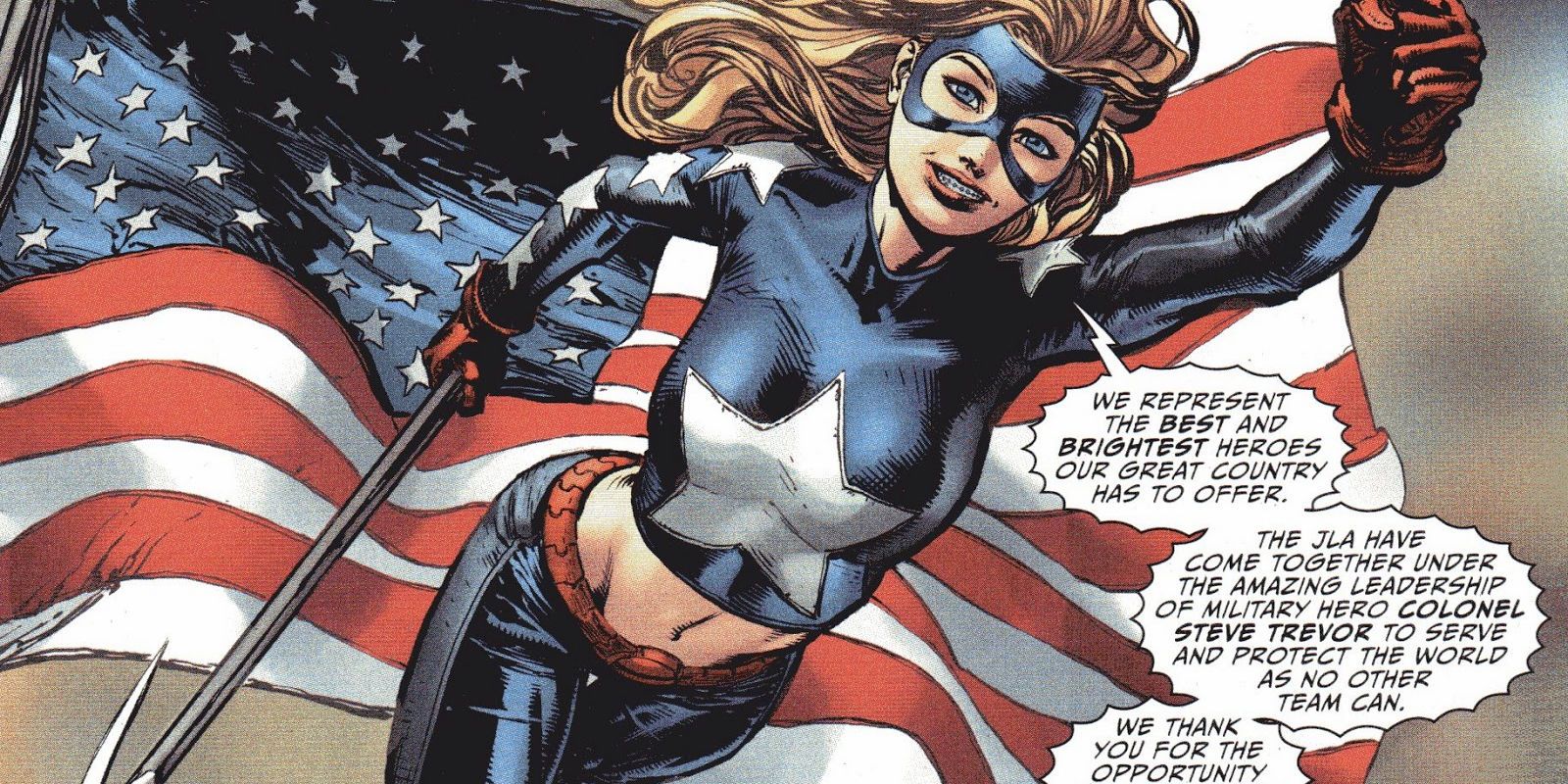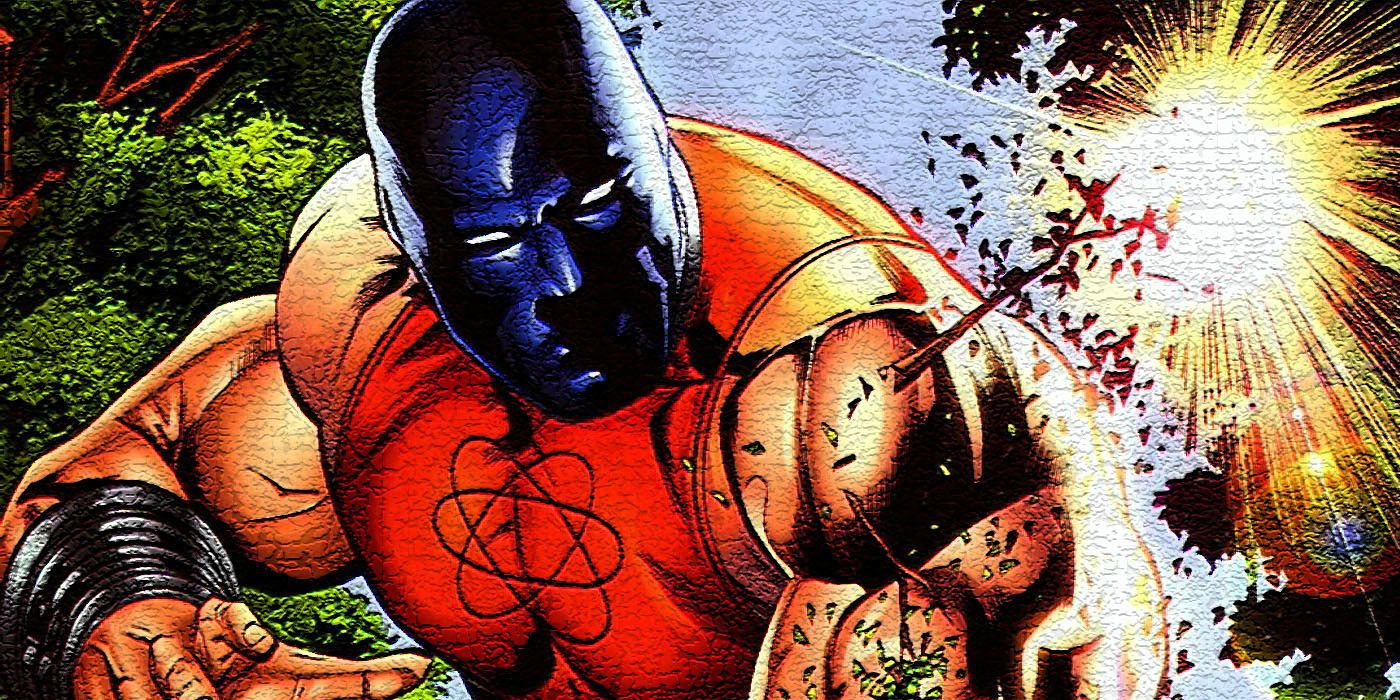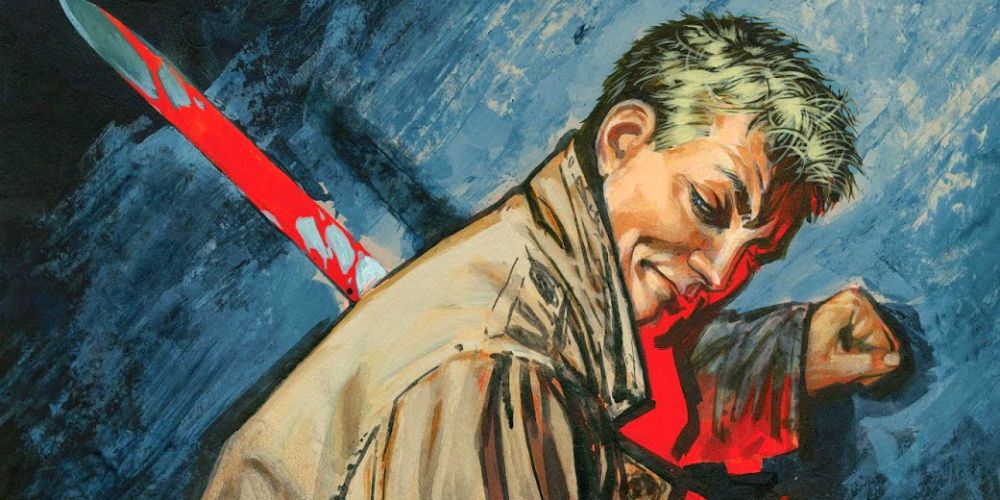David Ayer's upcoming DC Comics movie, Suicide Squad, is one of the most anticipated movies of the summer. Starring the likes of Will Smith, Jared Leto, and Margot Robbie, Suicide Squad is Warner Bros.' first foray into uncharted territory, without big names like Batman, Superman, and Wonder Woman there to lean on. That's, in part, what makes this movie all the more intriguing.
For those of you that don't know, the Suicide Squad is a covert team led by government agent Amanda Waller that employs an unconventional work release program for the world's worst bad guys. By agreeing to go on missions for the government, the prisoners earn their chance at being released, but if they fail their mission, they will essentially be thrown under the bus. While the task force primarily consists of supervillains, like Deadshot and Captain Boomerang, a few superheroes have been known to be unlikely members of the squad.
Here are 15 Superheroes You Didn't Know Were Members Of Suicide Squad.
15. Nightshade
Unlike the majority of the other superheroes on this list who only worked with the Suicide Squad temporarily, Nightshade aka Eve Eden - created by writer Joe Gill and artist Steve Ditko - could be considered a full-fledged member, judging by how long she fought alongside them. After making her debut in Captain Atom Vol. 2 #82, Nightshade was integrated into the DC Universe thanks to the events of Crisis on Infinite Earths.
Once in the DCU, Nightshade's origin was changed from being the daughter of a US Senator to a government spy working within the Suicide Squad under the command of Amanda Waller. She remained a permanent member of the Squad throughout the series' run, which concluded in 1992. And as a member, Nightshade worked with the Squad, was a handler for Enchantress, and acted as a liaison between Task Force X and Project ATOM, likely due to her history with Captain Atom.
14. Vixen
DC Comics originally intended to give Vixen - created by writer Gerry Conway and artist Bob Oksner - her own title series in the late 70s, but due to the DC Implosion in 1978, the series was canceled. She instead made her debut in Action Comics #521 in July 1981.
Since then, Vixen - an African warrior whose ancient Tantu Totem grants her the power to mimic the abilities of any animal - has appeared in only team-up publications, like the Justice League; a team she was a member of until Martian Manhunter disbanded it after Steel and Vibe were killed.
Following their deaths, Vixen resumed her modeling career until, during a photo shoot, her entire crew was killed by members of a Colombian drug cartel. Vixen joined the Suicide Squad in taking down the cartel, but in doing so, she lost control of herself and killed the cartel's kingpin. Vixen remained with the Squad for the duration of its incarnation until it was disbanded a year later.
13. Speedy
Similar to the Justice Society's crossover with Task Force Omega in the final issue of Suicide Squad Vol. 2, Roy Harper aka Speedy aka Red Arrow aka Arsenal - created by writer Mort Weisinger and artist George Papp - appeared in the two-part story arc Blood & Snow in Suicide Squad Vol. 1 and fought alongside the original Task Force X. In fact, he briefly led the Squad while its principal members were on a mission to Moscow.
After overcoming his addiction to heroin and being abandoned by the Green Arrow, Speedy went solo for awhile, working on as a federal agent and, occasionally, as a private investigator. It's during this time that Speedy leads the Suicide Squad in its mission to take down the Colombian drug cartel that murdered Vixen's modeling crew. Unlike Vixen, however, Speedy did not remain with the Squad after they completed their mission.
12. Atom
Fans of The CW's Arrowverse, consisting of Arrow, The Flash, and Legends of Tomorrow, will undoubtedly recognize the character Ray Palmer aka Atom, played by former Superman actor Brandon Routh. In the comics, in order to apprehend the Micro Squad, Palmer faked his own death and assumed the identity of one of the fallen Micro Squad members. During this time so that he wouldn't be discovered, Palmer recruited Adam Cray - created by writer John Ostrander - to act in his stead as the Atom, unbeknownst to everyone else, including the Justice League.
Cray made his debut as the third Atom in Suicide Squad Vol. 1 #44, under the guise of Ray Palmer, in order to attract attention and lure the Micro Squad out of hiding. Cray continued with the Squad for a short while until his untimely death at the hands of Blacksnake, one of the Micro Squad members Palmer was trying to capture. This drew Palmer out of hiding and led into the story arc, Mystery of the Atom.
11. Oracle
Barbara Gordon aka Batgirl - created William Dozier, Julius Schwartz, and Carmine Infantino specifically for the 60s Batman TV series - was infamously shot in the spine by the Joker and rendered a paraplegic in Alan Moore's acclaimed story arc, Batman: The Killing Joke (which is being adapted into an R-rated animated film this summer). Though she could no longer beat criminals to a pulp, Barbara Gordon didn't stop fighting crime.
She made her debut as Oracle during the Invasion! crossover event in Suicide Squad Vol. 1 #23, anonymously offering her computer expertise as well as information to the government's Suicide Squad. Although the Squad didn't initially want her help, Oracle offered it anyways. In addition to appearing in several other DC titles, Oracle acted as an information agent to the Squad until her identity was revealed in Suicide Squad #38 and was officially inducted into the Squad in Suicide Squad #48.
10. Superboy
For many years, the name Superboy was a reference to a young Clark Kent, but DC Comics introduced a new version of the character in 1993 during the famed story arc, The Death of Superman. This new Superboy - created by writer Karl Kesel and artist Tom Grummett - was a Project Cadmus clone who was conceived to replace Superman in the unlikely circumstance of the Man of Steel's death. After a few fights in Metropolis and concluding his world tour, Superboy decided to live and fight crime in Hawaii.
It's in Hawaii that Superboy comes into contact with Amanda Waller and her precious Task Force in Superboy Vol. 4 #13, during the Squad's first interim period. He temporarily joined the Squad, who had recently recruited Knockout (who can be considered Superboy's version of Catwoman), and helped them take down the Silicon Dragons criminal organization.
9. Steel
Steel aka Dr. John Henry Irons - created by writer Louise Simonson and artist Jon Bogdanove - was a weapons engineer who, after being rescued by Superman, built an exoskeleton suit to mimic the powers of the Man of Steel so he, too, could fight crime. Towards the end of the interim Suicide Squad's run, Steel temporarily joined the Task Force in Adventures of Superman #594 during the Our Worlds At War crossover event, specifically during the All-Out War phase.
The character, dubbed the Man of Iron, was enlisted by President Lex Luthor to oversee Amanda Waller's new Suicide Squad - consisting of characters such as Chemo, Mongul, and Plasmus, and led by Manchester Black - which sought to use the abomination Doomsday as a weapon against the alien Imperiex.
8. Sgt. Rock
Not all superheroes require superpowers; just look at Batman. Another hero who lacks in superpowers is US Army Sgt. Frank Rock - created by writer Robert Kanigher and artist Joe Kubert - who made his debut in January 1959 in G.I. Combat #68, simply as The Rock. It wasn't until a few months later - in Our Army At War #81 - that The Rock was renamed Sgt. Rock and revealed to be a WWII veteran who was embedded with Easy Company in the European Theater.
Although he was thought to have died on the final day of WWII, Sgt. Rock was later resurrected as General Rock and appeared in several modern-day story arcs. In one of those stories, following the events of Our Worlds At War, President Lex Luthor appointed Gen. Rock as commander of the new Suicide Squad, designated Task Force Omega. At the end of his tenure, Amanda Waller postulated the possibility that Gen. Rock was an imposter, and that the real Frank Rock perished in WWII.
Unfortunately, the truth was never revealed. Interestingly, the soldier in the season one finale of Legends of Tomorrow is heavily implied to be one Sgt. Rock, though that also remains unconfirmed.
7. Hawkman
Hawkman - created by writer Gardner Fox and artist Dennis Neville - is one of the oldest and most recognizable DC Comics heroes, having first appeared in Flash Comics #1 in 1940 alongside Jay Garrick (the Golden Age Flash) in his first dedicated issue. While there have been multiple characters who've assumed the Hawkman name, the original and most used character is that of Carter Hall, who fans of Legends of Tomorrow will no doubt recognize. In that version, however, his origin story follows the post-Hawkworld continuity, not the Golden Age continuity.
One of the things Keith Giffen's immensely short run with Task Force Omega gave audiences is a brief team-up, of sorts, between members of the Justice Society of America and the Suicide Squad. In the final issue of Giffen's 12-issue Suicide Squad Vol. 2, Squad enemy Rustam and his team of super-powered terrorists, Onslaught, kidnap Gen. Rock, Amanda Waller, and Waller's daughter, Havana. This leads to Hawkman and a few other JSA members being effectively drafted into working alongside the Squad to rescue them.
6. Power Girl
By now, everyone should be familiar with Superman's older-yet-also-younger cousin, Kara Zor-El, who is currently being portrayed by Melissa Benoist in The CW's new comic book series Supergirl. In The CW's The Flash, audiences learn of the multiverse, and that Supergirl exists in a parallel universe (which is presumed to be Earth-4). Since each person has a doppelganger in a parallel universe, Supergirl's counterpart is known as Power Girl, a member of the Justice Society of America and a former temporary member of the Suicide Squad.
In the same issue that Hawkman is drafted into fighting alongside the Suicide Squad, titled Swan Song, Power Girl is also temporarily recruited by A.R.G.U.S. to rescue Rock, Waller, and Havana from Onslaught. Of all the JSA members present, Power Girl was the only one willing to hear A.R.G.U.S. out because, well, there was nothing else for them to do.
5. Wildcat
Unlike Power Girl, Wildcat wasn't interested in helping out the Suicide Squad in Giffen's final issue of Suicide Squad Vol. 2, but Power Girl's comment that cats are supposed to be curious about everything enthused him enough to go along with the plan. After all, what else was he going to do?
Wildcat aka Theodore Grant was created by Batman co-creator (who was finally given the credit he deserves last September) Bill Finger and artist Irvin Hasen. He debuted in the first issue of Sensation Comics; DC Comics' first dedicated Wonder Woman title following the Amazonian character's introduction in All-Star Comics.
As a world champion heavyweight boxer, Wildcat became the optimal candidate to train Justice Society and Justice League members in hand-to-hand combat, most notably Black Canary - a relationship that is seen in the third season of The CW's Arrow, in which Wildcat, played by J.R. Ramirez, instructs Katie Cassidy's Laurel Lance.
4. Star-Spangled Kid
You guessed it - the fourth and final Justice Society member that joined the all but decimated Suicide Squad in their quest to rescue Rock, Waller, and Havana from Onslaught was the (second) Star-Spangled Kid aka Courtney Whitmore.
Created by Geoff Johns, now head of DC Films, the Star-Spangled Kid, who was later referred to as Stargirl, made her debut in the first issue of Stars and S.T.R.I.P.E. in July 1999. It's worth noting that Courtney Whitmore is an original creation by Johns, who based the character on his sister, 18-year-old Courtney Johns, who was a victim of the TWA Flight 800 explosion in 1996.
Though she is a normal girl - and a skilled gymnast - Stargirl's Cosmic Staff and Cosmic Converter Belt imbues her with powers of flight and energy manipulation, as well as enhanced strength, speed, and stamina.
3. Atom Smasher
The godson of the Golden Age Atom, Albert Rothstein aka Atom Smasher - created by Roy Thomas, Jerry Ordway, and Mike Machlan - was a metahuman who possessed the ability to control his molecular structure as well as having superhuman strength. He was a member of the Justice Society along with reformed Shazam archnemesis Black Adam. The two had a bitter rivalry that turned into kinship, and one day, they both turned on the JSA and fell to a life of villainy.
At one point, Atom Smasher was killed during a fight against the Spectre but was subsequently revived by Black Adam's lightning. He was then taken to the JSA and put on trial for his actions. Later in prison, he was recruited by Amanda Waller in 52 #24 (not to be confused with The New 52) to lead a new Suicide Squad, who was tasked with "apprehending" Black Adam, his former partner, though Waller's plan all along was to discredit the Black Marvel family.
2. King Faraday
In the pre-Flashpoint era of DC Comics, soldier and government agent King Faraday (he's not an actual king; his name is play on the phrase "King for a Day") was effectively a one-man army, acting as an agent without a passport. This made him a strong opponent of Batman, though the two crime fighters did tend to work with each other occasionally.
Faraday - created by writer Robert Kanigher and artist Carmine Infantino - is an elusive character, someone whose past remains clouded. But his expertise in espionage and mastery of combat and weaponry has made him an ideal candidate for both Checkmate and the Suicide Squad. Like Atom Smasher, King Faraday first started as a member of the Squad during the interim period between Suicide Squad Volumes 2 and 3 in the mid-2000s.
1. Booster Gold
Booster Gold's run-in with Task Force X is unique compared to the other heroes on this list; he joined the Suicide Squad in an alternate reality during the Cold War. In Booster Gold #20, set between the story arcs Reality Lost and Day of Death, Booster Gold - a time-traveling hero created by Dan Jurgens - and Rip Hunter find themselves dealing with a stalled Time Sphere. While Hunter is busy repairing the Sphere, Booster Gold takes a time dive into the '50s.
Unfortunately, due to Hunter's "imprecise science," the time-traveler finds himself in an alternate 1952. The untitled two-chapter story arc put Booster Gold in the thick of an arms race between the United States and the Soviet Union. He was blackmailed by Frank Rock, Dr. Evan Hughs, and Karin Grace into helping Task Force X prevent the launch of Rocket Red. The mission didn't quite go according to plan, but in the end, Booster Gold did get his chance to start a jukebox in the real '50s.

